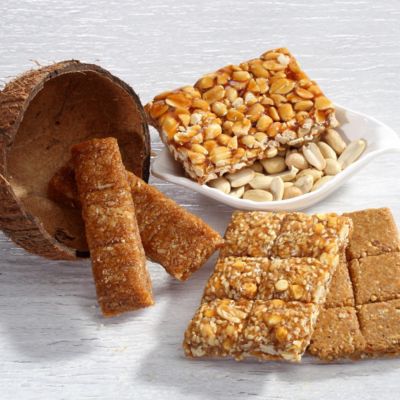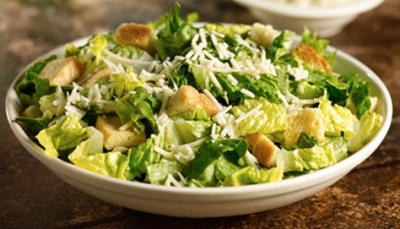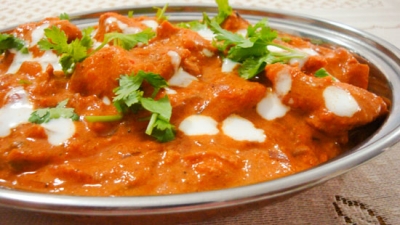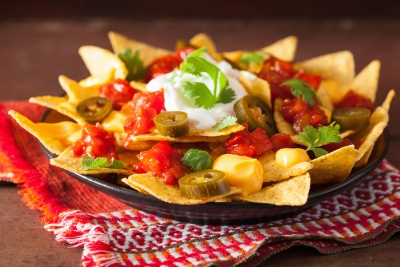
Chikki, an Indian battle, has a significant role to play in most Indian States. In the northern region, chikkis are synonymous with winter snacking. Festivals such as Lohri and Makar Sankranti would be incomplete without the preparation of chikkis.
All the way from Lonavala
The origin of the popular chikki can be traced back to Lonavala in Maharashtra. In the late 1800s, when the first train tracks were being laid in Lonavala, several hundred workers were involved in strenuous physical work. Bhimraj Agaewal, a confectioner, made a dish he called gud dani, which comprised jiggery and peanuts to satisfy the hunger of the workers. He also made another variant with puffed rice instead of peanuts. This snack was easy to prepare and also gave the workers enough energy to work.
Soon, gud dani became popular among the workers and also the train services began, several people visited Agarwal for the confection.
Agarwal’s son Maganlal is said to have popularized the sweet treat. Maganlal opened several sweet shops across the region and they are extremely popular even today.
What’s in a name?
There are no evidences of how the snack came to be known as chikki. However, some food experts believe the word ‘chikki’ could be an adaptation of “chikat”, Marathi word for sticky”.
Chikki is also known by different names across the country. In Tamil Nadu, it is known as kadalai mittai and ellurundai, and in Kerala, it is famously known as kapilandi mittai, ellunda and abhayaarthi katta. In Telangana and Andhra Pradesh, it is called palli patti. In Bihar and Uttar Pradesh, this sweet is called layiya patti. In several northern States, apart from being known as chikki, it is also called gajak or maroonda.
Exciting flavours
Chikkis can be mad with a wide variety of ingredients ssuch as peanuts, walnuts, cashews, almonds, sesame, dates, dry figs, coconuts, hazelnuts, macadamia, pistachios and dried rose petals. There are also several new flavours such as chocolate, peanut butter, berries and orange, being prepared in the last few years.
Chikkis are versatile and can be consumed by people with a wide variety of dietary preferences. Chikkis are also a healthy option for those who keep a count on their calorific intake because ingredients such as oats, sunflower and pumpkin seeds can be used instead of peanuts and cashews.
Picture Credit : Google





